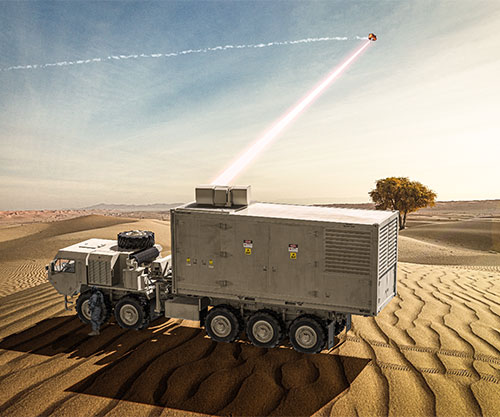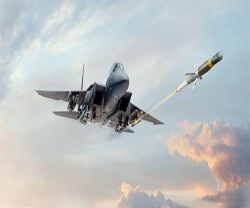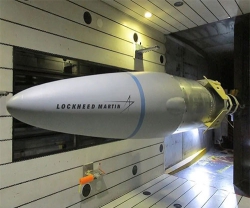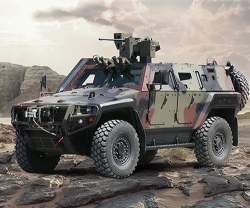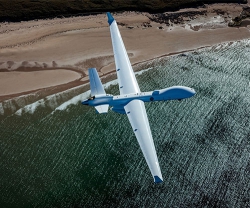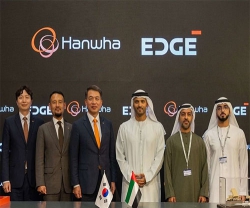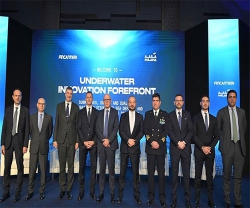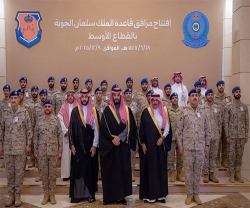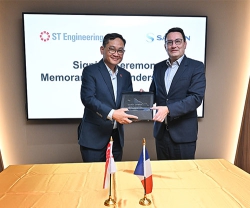Lockheed Martin delivered to the Office of the Under Secretary of Defense for Research & Engineering OUSD (R&E) a new benchmark: a tactically-relevant electric 300 kW-class laser, the most powerful laser that Lockheed Martin has produced to date.
This 300 kW-class laser is ready to integrate with the DOD demonstration efforts including the U.S. Army’s Indirect Fires Protection Capability-High Energy Laser (IFPC-HEL) Demonstrator laser weapon system.
The OUSD (R&E) selected Lockheed Martin in 2019 to scale its spectral beam combined high energy laser architecture to the 300 kW-class level as part of the High Energy Laser Scaling Initiative (HELSI), and the team recently achieved that milestone ahead of schedule.
“Lockheed Martin increased the power and efficiency and reduced the weight and volume of continuous-wave high energy lasers which reduces risk for future fielding efforts of high power laser weapon systems,” said Rick Cordaro, Vice President, Lockheed Martin Advanced Product Solutions.
The HELSI laser will support demonstration efforts with the Army’s IFPC-HEL, which is scheduled for laboratory and field testing this year.
This recent HELSI delivery milestone also exemplifies Lockheed Martin’s commitment to 21st Century Security, developing advanced technologies that provide speed, agility, and mission solutions that help ensure the U.S. and its allies are always prepared for what’s ahead.
Lockheed Martin’s 300 kW-class high-energy laser design and build was enabled by significant investments in directed energy technology and the contributions of the company’s dedicated team in Washington state and Owego, New York. The team is applying more than 40 years of experience researching, designing, developing, and capturing electromagnetic energy and elevating its power to create innovative 21st century security solutions.
Headquartered in Bethesda, Maryland, Lockheed Martin Corporation is a global security and aerospace company that employs approximately 114,000 people worldwide and is principally engaged in the research, design, development, manufacture, integration and sustainment of advanced technology systems, products and services.

